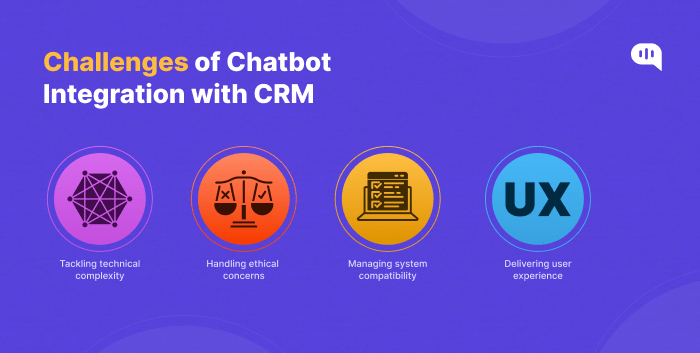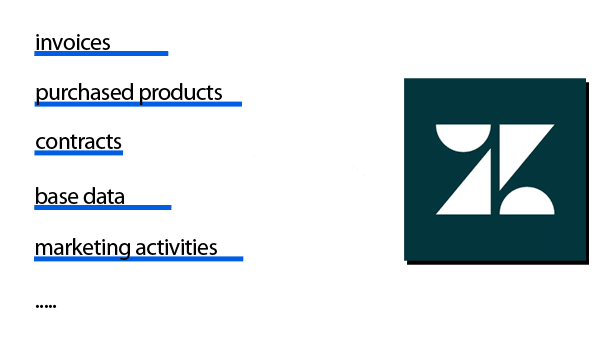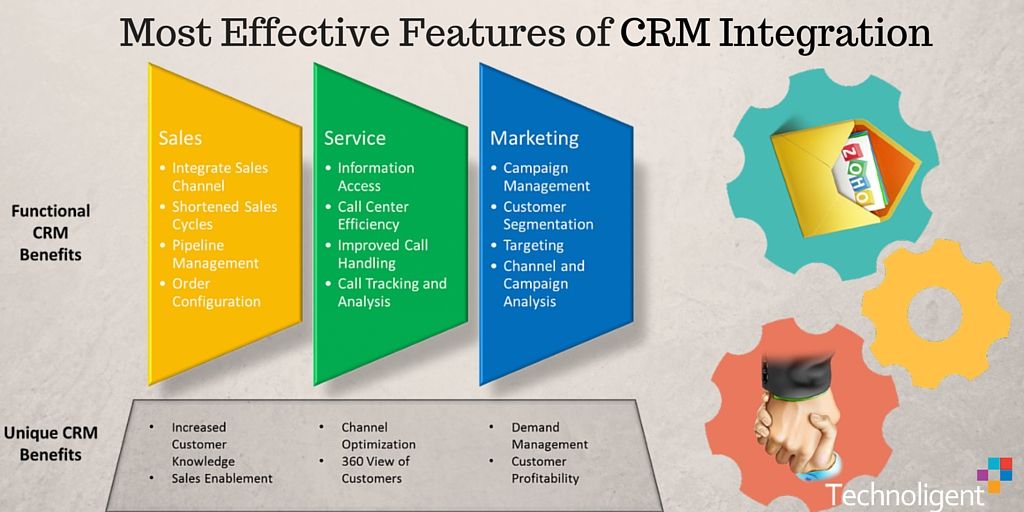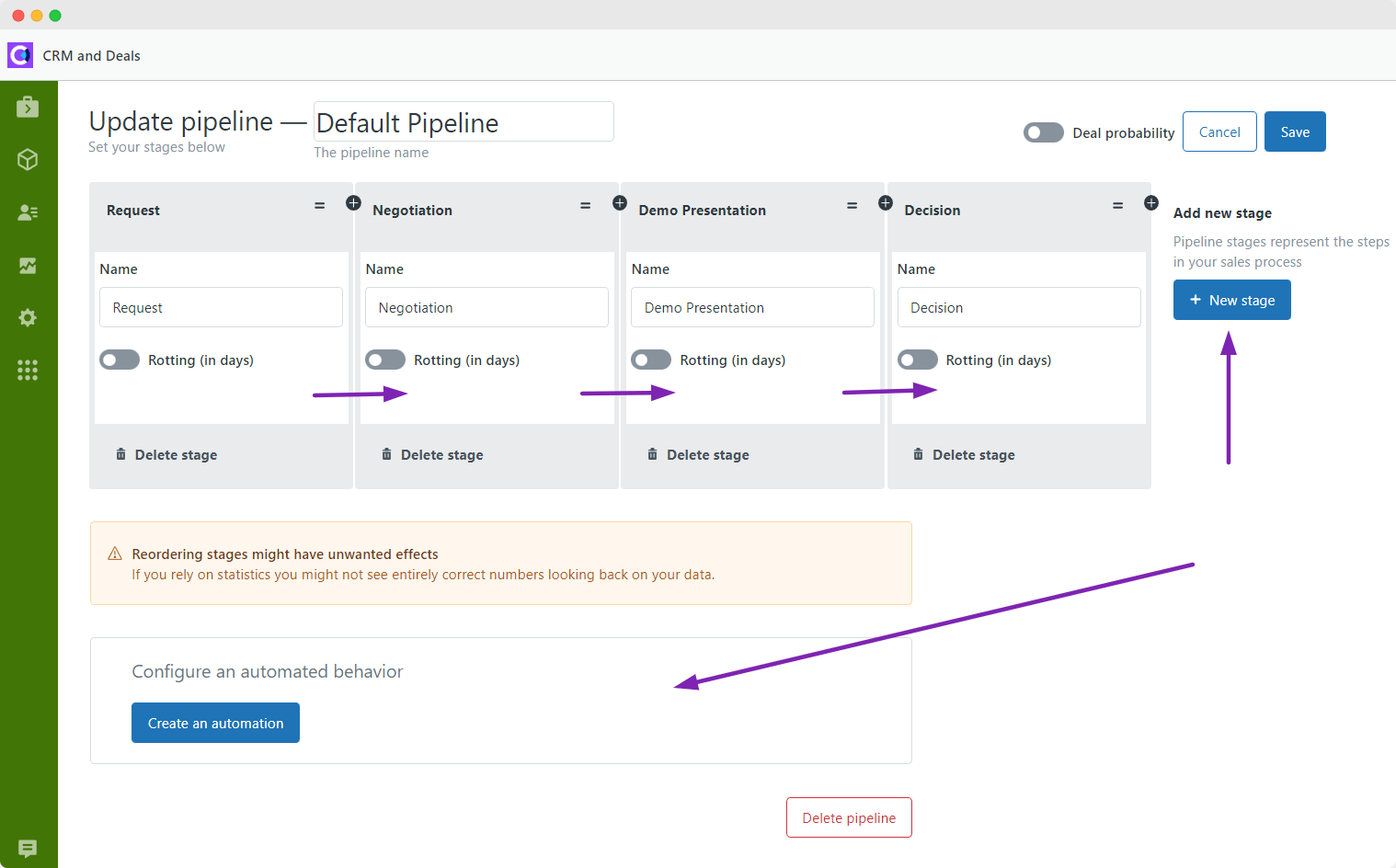
Supercharge Your Marketing: Mastering CRM and Chatbot Integration
In today’s fast-paced digital world, businesses are constantly seeking innovative ways to connect with their customers, streamline operations, and boost sales. One of the most powerful combinations emerging in the marketing landscape is the integration of Customer Relationship Management (CRM) systems and chatbot technology. This synergy offers a wealth of opportunities to enhance customer experiences, automate tasks, and gain valuable insights into customer behavior. This comprehensive guide delves into the intricacies of CRM marketing chatbot integration, exploring its benefits, implementation strategies, and future potential. Get ready to transform your marketing efforts and unlock unprecedented levels of efficiency and customer engagement.
Understanding the Core Components: CRM and Chatbots
Before diving into the integration process, it’s essential to understand the individual roles and functionalities of CRM systems and chatbots.
CRM: The Central Hub of Customer Data
A CRM system serves as the central repository for all customer-related information. It’s where you store and manage customer data, track interactions, and analyze customer behavior. Think of it as the brain of your customer relationship strategy. Key features of a CRM include:
- Contact Management: Storing and organizing contact information, including names, email addresses, phone numbers, and social media profiles.
- Lead Management: Tracking leads through the sales pipeline, from initial contact to conversion.
- Sales Automation: Automating repetitive sales tasks, such as sending emails, scheduling appointments, and generating quotes.
- Marketing Automation: Automating marketing campaigns, such as email marketing, social media posting, and lead nurturing.
- Reporting and Analytics: Generating reports and analyzing data to track performance, identify trends, and make data-driven decisions.
Popular CRM platforms include Salesforce, HubSpot, Zoho CRM, and Microsoft Dynamics 365. The choice of CRM depends on the specific needs and budget of your business.
Chatbots: The Conversational Interface
Chatbots are AI-powered conversational interfaces that can interact with customers through text or voice. They are designed to simulate human-like conversations and provide instant support, answer questions, and guide users through various processes. Chatbots are becoming increasingly sophisticated, capable of understanding natural language, learning from interactions, and even personalizing responses. Key features of a chatbot include:
- 24/7 Availability: Providing instant support and answering customer queries around the clock.
- Automated Responses: Answering frequently asked questions and providing information without human intervention.
- Lead Generation: Qualifying leads, collecting contact information, and guiding potential customers through the sales funnel.
- Customer Service: Resolving customer issues, providing technical support, and escalating complex issues to human agents.
- Personalization: Tailoring interactions based on customer data and preferences.
Chatbots can be deployed on various platforms, including websites, social media channels, and messaging apps like Facebook Messenger and WhatsApp. Popular chatbot platforms include ManyChat, Chatfuel, and Dialogflow.
The Power of Integration: Why CRM and Chatbots are a Perfect Match
The true power of CRM marketing lies in the synergy created when these two technologies are integrated. By connecting your CRM system with a chatbot, you can unlock a wealth of benefits that can transform your marketing and customer service efforts.
Enhanced Customer Experience
Integration enables chatbots to access and utilize customer data stored in the CRM system. This allows chatbots to personalize interactions, provide relevant information, and offer tailored support. For example, a chatbot can greet a returning customer by name, access their purchase history, and offer personalized product recommendations. This level of personalization fosters a sense of connection and makes customers feel valued.
Improved Efficiency and Automation
Integrating chatbots with your CRM can automate many time-consuming tasks, freeing up your human agents to focus on more complex issues. Chatbots can handle basic inquiries, provide instant answers to frequently asked questions, and guide users through self-service options. This automation improves efficiency and reduces the workload on your customer service and sales teams.
Lead Generation and Qualification
Chatbots can be deployed on your website and social media channels to capture leads and qualify them based on their needs and interests. When a potential customer interacts with a chatbot, the chatbot can collect contact information, ask qualifying questions, and route qualified leads to the appropriate sales representative. This streamlines the lead generation process and ensures that your sales team focuses on the most promising leads.
Data-Driven Insights and Analytics
When a chatbot and CRM are integrated, the chatbot can capture valuable data about customer interactions, preferences, and behaviors. This data is then stored in the CRM system, providing you with a comprehensive view of your customers. You can use this data to track customer engagement, identify trends, and make data-driven decisions to improve your marketing and customer service strategies.
Increased Sales and Revenue
By providing instant support, personalizing interactions, and streamlining the sales process, chatbot integration can lead to increased sales and revenue. Chatbots can guide potential customers through the sales funnel, answer their questions, and provide product recommendations. They can also assist with order processing, payment, and post-sale support, ensuring a seamless customer experience.
Implementing CRM and Chatbot Integration: A Step-by-Step Guide
Implementing CRM and chatbot integration requires careful planning and execution. Here’s a step-by-step guide to help you through the process:
1. Define Your Goals and Objectives
Before you begin, it’s essential to define your goals and objectives for the integration. What do you want to achieve by integrating your CRM and chatbot? Do you want to improve customer service, generate more leads, or increase sales? Clearly defined goals will guide your implementation strategy and help you measure your success.
2. Choose the Right Platforms
Select a CRM system and chatbot platform that meet your business needs. Consider factors such as features, scalability, ease of use, and pricing. Ensure that the platforms you choose are compatible and offer integration capabilities. Research the integration options available and choose a CRM and chatbot solution that will work harmoniously.
3. Plan Your Integration Strategy
Develop a detailed integration plan that outlines how you will connect your CRM and chatbot. Consider the following:
- Data Mapping: Determine which data fields from your CRM system will be accessible to the chatbot and vice versa.
- Workflow Design: Define the workflows that will be automated by the chatbot, such as lead generation, customer service, and sales support.
- Integration Method: Choose the integration method that best suits your needs, such as native integration, API integration, or third-party integration tools.
4. Set Up the Integration
Follow the instructions provided by your CRM and chatbot platforms to set up the integration. This may involve connecting the platforms through an API, using a pre-built integration, or using a third-party integration tool. Make sure to test the integration thoroughly to ensure that data is flowing correctly between the two systems.
5. Design and Train Your Chatbot
Design your chatbot’s conversational flow, taking into account your target audience and the tasks you want the chatbot to perform. Train your chatbot to understand natural language, provide accurate responses, and handle customer inquiries effectively. Provide the chatbot with access to the relevant data from your CRM system so it can personalize interactions.
6. Test and Optimize
Thoroughly test your integrated system to ensure that it is working as expected. Identify any areas for improvement and make adjustments as needed. Continuously monitor your chatbot’s performance and optimize its conversational flow, responses, and integration with your CRM system.
7. Train Your Team
Train your sales and customer service teams on how to use the integrated system. Ensure that they understand how to access and utilize the data from the CRM system, how to interact with the chatbot, and how to escalate complex issues to human agents.
Advanced Strategies for CRM Marketing Chatbot Integration
Once you have a basic CRM and chatbot integration in place, you can explore advanced strategies to maximize its effectiveness.
Personalized Customer Journeys
Use the data in your CRM to create personalized customer journeys. When a customer interacts with your chatbot, the chatbot can access their purchase history, preferences, and other relevant information. This data can then be used to tailor the chatbot’s responses and provide personalized product recommendations, offers, and support.
Proactive Customer Engagement
Use your chatbot to proactively engage with customers. Based on customer behavior and data in your CRM, you can trigger automated chatbot conversations. For example, if a customer abandons a shopping cart, the chatbot can send a message to remind them of their items and offer assistance. If a customer has a support ticket, the chatbot can check on them and give them updates.
Segmentation and Targeting
Segment your customer base based on data in your CRM. Then, use your chatbot to target specific customer segments with tailored messages and offers. This allows you to deliver relevant content and increase the likelihood of conversions.
Lead Scoring and Qualification
Integrate your chatbot with your CRM to score and qualify leads. When a lead interacts with your chatbot, the chatbot can ask qualifying questions and collect information. This information can be used to assign a lead score based on their level of interest and their fit with your ideal customer profile. Qualified leads can then be routed to the appropriate sales representative.
Integration with Other Marketing Tools
Integrate your chatbot with other marketing tools, such as email marketing platforms and social media management tools. This allows you to create a seamless marketing ecosystem where data flows seamlessly between all your tools.
Real-World Examples: CRM and Chatbot Integration in Action
Let’s look at some real-world examples of how businesses are successfully using CRM and chatbot integration:
E-commerce
An e-commerce business integrates its CRM with a chatbot to provide 24/7 customer support, answer frequently asked questions, and assist with order tracking and returns. The chatbot accesses customer data from the CRM to personalize interactions and offer tailored product recommendations. The chatbot also qualifies leads and routes them to sales representatives.
Financial Services
A financial services company integrates its CRM with a chatbot to provide instant support to its customers, answer questions about products and services, and guide them through the application process. The chatbot accesses customer data from the CRM to personalize interactions and provide relevant information. The chatbot also identifies and qualifies leads, routing them to the appropriate financial advisors.
Healthcare
A healthcare provider integrates its CRM with a chatbot to schedule appointments, answer patient questions, and provide information about medical services. The chatbot accesses patient data from the CRM to personalize interactions and provide relevant information. The chatbot also gathers patient feedback and routes it to the appropriate medical professionals.
Challenges and Solutions
While CRM and chatbot integration offers many benefits, there are also some challenges to consider. However, these challenges can be overcome with careful planning and execution.
Data Privacy and Security
Protecting customer data is of paramount importance. Ensure that your CRM and chatbot platforms comply with all relevant data privacy regulations, such as GDPR and CCPA. Implement robust security measures to protect customer data from unauthorized access and breaches.
Integration Complexity
Integrating CRM and chatbot platforms can be complex, especially if you are using different platforms or custom integrations. Consider using pre-built integrations, API integrations, or third-party integration tools to simplify the process. Consult with a technical expert if needed.
Chatbot Accuracy
Ensure that your chatbot provides accurate and helpful information. Train your chatbot to understand natural language and provide relevant responses. Continuously monitor your chatbot’s performance and make adjustments as needed to improve its accuracy.
User Experience
Create a user-friendly chatbot experience. Design your chatbot’s conversational flow to be intuitive and easy to navigate. Test your chatbot thoroughly to ensure that it is providing a positive customer experience.
The Future of CRM Marketing and Chatbot Integration
The integration of CRM and chatbots is a rapidly evolving field, and the future holds exciting possibilities. Here are some trends to watch:
AI-Powered Personalization
AI-powered personalization will become even more sophisticated, enabling chatbots to understand customer behavior, predict their needs, and provide highly personalized experiences.
Voice-Activated Chatbots
Voice-activated chatbots will become increasingly popular, allowing customers to interact with businesses through voice commands.
Integration with Emerging Technologies
CRM and chatbots will integrate with emerging technologies, such as augmented reality (AR) and virtual reality (VR), to create immersive customer experiences.
Predictive Analytics
Chatbots will leverage predictive analytics to anticipate customer needs and proactively offer solutions.
Conclusion: Embracing the Power of Integration
CRM marketing chatbot integration is a game-changer for businesses looking to enhance customer experiences, streamline operations, and boost sales. By carefully planning and executing your integration strategy, you can unlock a wealth of benefits, including improved efficiency, increased lead generation, and data-driven insights. Embrace the power of integration and transform your marketing efforts today. By leveraging the combined strengths of CRM systems and chatbots, businesses can create a more customer-centric approach, leading to greater satisfaction, loyalty, and, ultimately, success. The future of marketing is undoubtedly intertwined with the seamless integration of these technologies, providing a pathway to richer customer relationships and more effective business outcomes.


